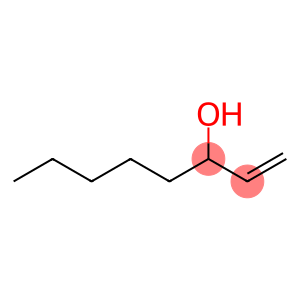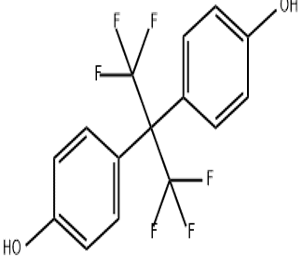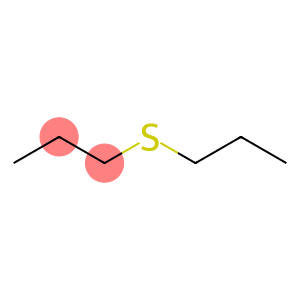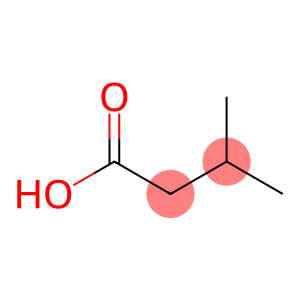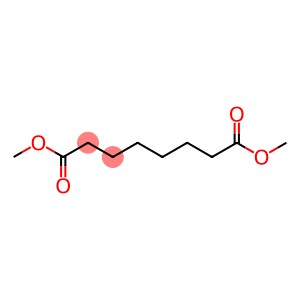1-Octen-3-ol(CAS#3391-86-4)
Risk and Safety
| Hazard Symbols | Xn – Harmful |
| Risk Codes | R22 – Harmful if swallowed R36/38 – Irritating to eyes and skin. R20/21/22 – Harmful by inhalation, in contact with skin and if swallowed. |
| Safety Description | S26 – In case of contact with eyes, rinse immediately with plenty of water and seek medical advice. S36 – Wear suitable protective clothing. |
| UN IDs | 2810 |
| WGK Germany | 3 |
| RTECS | RH3300000 |
| TSCA | Yes |
| HS Code | 29052990 |
| Hazard Class | 6.1(b) |
| Packing Group | III |
| Toxicity | LD50 orally in Rabbit: 340 mg/kg LD50 dermal Rabbit 3300 mg/kg |
1-Octen-3-ol(CAS#3391-86-4) introduction
1-Octen-3-ol is an organic compound. It is a colorless liquid with a peculiar odor. The following is an introduction to the properties, uses, preparation methods and safety information of 1-octen-3-ol:
Quality:
1-Octen-3-ol is a water-insoluble liquid that is compatible with many organic solvents. It also has a lower vapor pressure and a higher flash point.
Use:
1-Octen-3-ol has a variety of uses in industry. It is often used as a starting substance and intermediate in the synthesis of other compounds, such as fragrances, rubbers, dyes, and photosensitizers. It can also be used as a solvent in organic synthesis.
Method:
There are several ways to prepare 1-octen-3-ol. A commonly used method is to convert 1-octene to 1-octen-3-ol by hydrogenation. In the presence of a catalyst, the reaction can be carried out using hydrogen and appropriate reaction conditions.
Safety Information: It is an organic substance that has a certain toxicity and irritation. During use, avoid contact with skin, eyes, and mucous membranes, and wear appropriate protective equipment such as gloves, goggles, and protective clothing if necessary. It should be ensured to be used in a well-ventilated environment and to avoid inhaling vapors.


